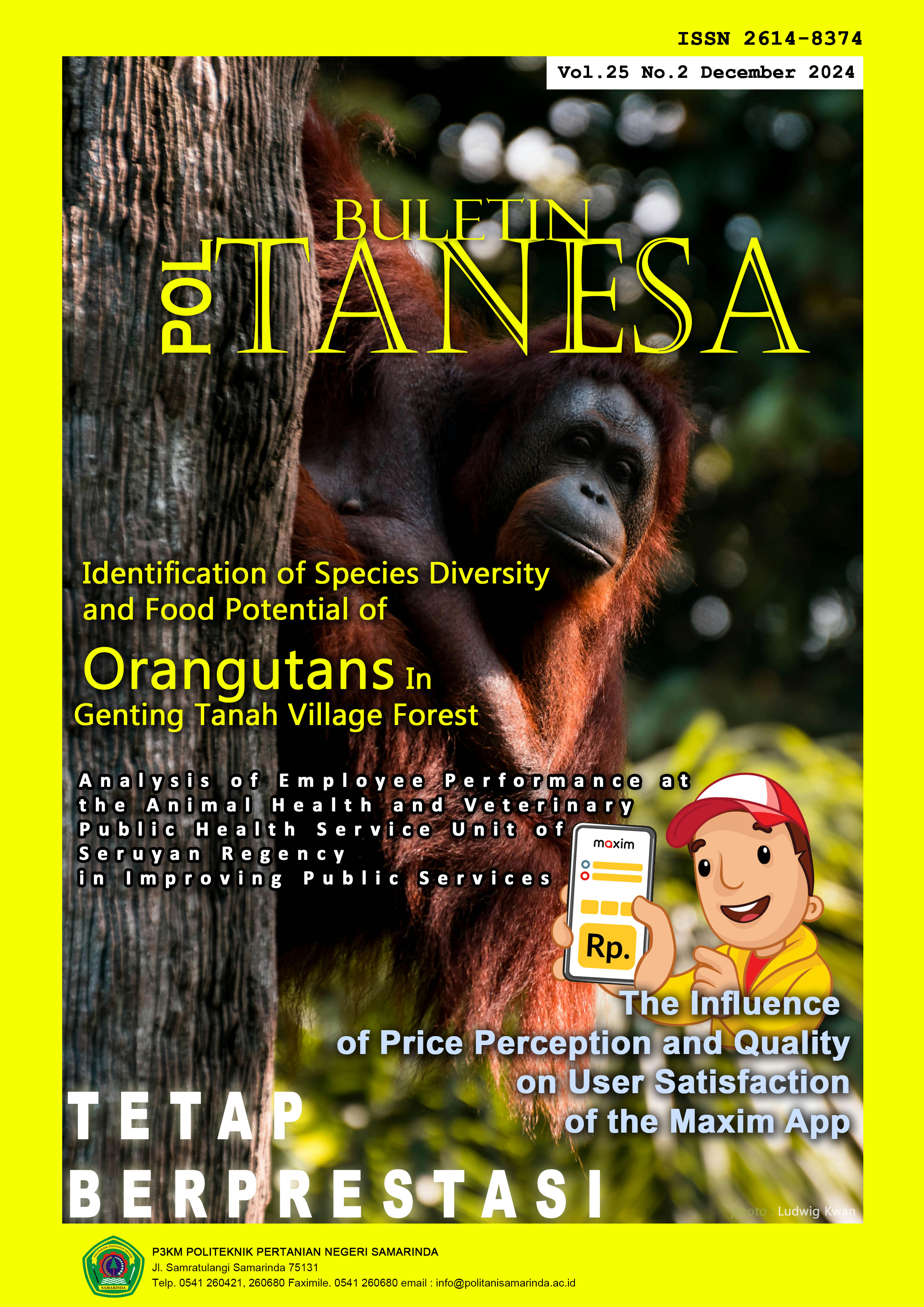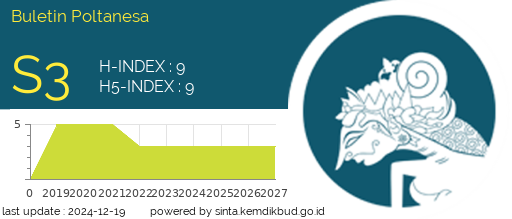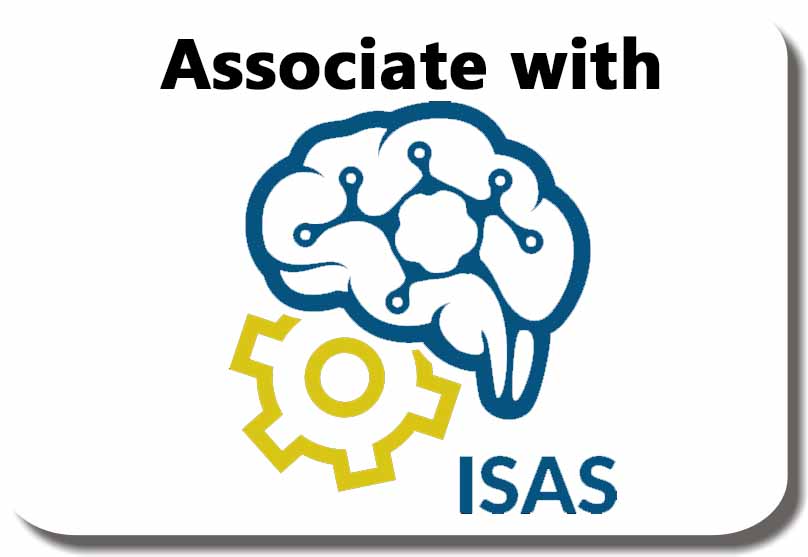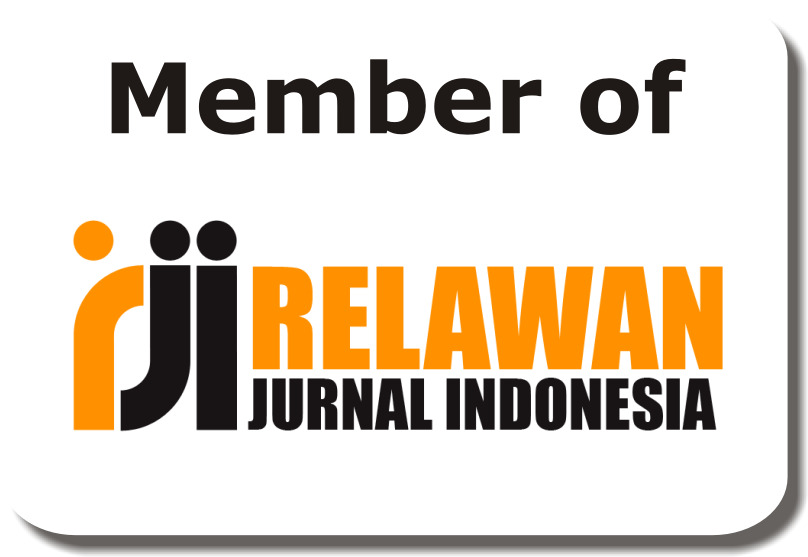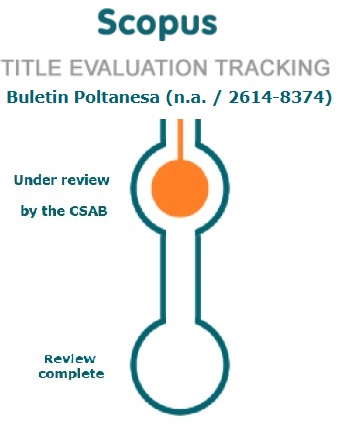Computational Thinking in Developing Students’ Reading Comprehension Skill
DOI:
https://doi.org/10.51967/tanesa.v25i2.3204Keywords:
Computational thinking, Story mapping, Crads, Reading Comprehension SkillAbstract
Understanding and interpreting text is a crucial component of reading comprehension. This process might be hampered by several problems, which affect students' capacity to understand meaning. However, there are several strategies that can be applied regarding this issue. The first is using appropriate reading techniques, especially computational thinking. And the second is using visual aid. Students' understanding can be improved by using visual aids like graphic organizers or pictures to help them visualize ideas and relationships in the text. The purpose of this study was to produce a story mapping card as a visual aid that can help students understand English texts better. The development was carried out through the method of formulating problems, collecting data, designing products, validating designs, revising designs, conducting trials, drawing conclusions. The results of the study showed that the story mapping card was valid and ready to use. The results of the assessment of the story mapping card were an average of 4.5 with a very good category, the indicator of the benefits of the story mapping card for students got a total average value of 4.5 with a very good category and the indicator of ease of use of the story mapping card in the reading stage for teachers with a total average value of 4.4 with a very good category.
References
Alwi, N. A., & Aulia, D. (2023). Digital Flash Card Media for Early Reading Learning in Elementary Schools. Jurnal Ilmiah Sekolah Dasar, 7(1), 8–17. https://doi.org/10.23887/jisd.v7i1.56995
Amalia, P. A. (2023). Penelitian dan Pengembangan Buku Cerita Berbahasa Inggris dengan Internalisasi Pendidikan Karakter Menggunakan Metode Dialogic. Sebatik, 27(1), 273–278. https://doi.org/10.46984/sebatik.v27i1.2022
Amalia, P. A., & Arditiya, A. (2021). The Use of Dialogic Reading in Reading Activity By Implementing Character Building Using Local Based Literature. Sebatik, 25(2), 762–766. https://doi.org/10.46984/sebatik.v25i2.1573
Anisa, A. R., Ipungkarti, A. A., & Saffanah, N. (2021). Pengaruh Kurangnya Literasi serta Kemampuan dalam Berpikir Kritis yang Masih Rendah dalam Pendidikan di Indonesia. 01(01), 1–12.
Azizah, N. I., Roza, Y., & Maimunah, M. (2022). Computational thinking process of high school students in solving sequences and series problems. Jurnal Analisa, 8(1), 21–35. https://doi.org/10.15575/ja.v8i1.17917
Djaga, S., Dewi Riangtati, A., & Usman, H. (2020). Pemanfaatan Media Big Book untuk Meningkatkan Kemampuan Membaca Permulaan pada Siswa Kelas II SD Negeri Gunung Sari II Makassar. Jurnal Publikasi Pendidikan, 10(1), 1–8. http://ojs.unm.ac.id/index.php/
Jacob, S. R., Nguyen, H., Tofel-Grehl, C., Richardson, D. J., & Warschauer, M. (2018). Teaching Computational Thinking to English Learners. NYS TESOL Journal, 5(2), 1–13. https://www.researchgate.net/publication/331844224
Nugrahanto, S., & Zuchdi, D. (2019). Indonesia PISA Result and Impact on The Reading Learning Program in Indonesia. http://puspendik.kemdikbud.go.id/inap-
Nur Marifah, S., Abdul Mu, D., & Rijal Wahid, M. M. (2022). Creative of Learning Students Elementary Education Systematic Literature Review : Integrasi Computational Thinking dalam Kurikulum Sekolah Dasar. Journal of Elementary Education, 5(5).
Parsazadeh, N., Cheng, P. Y., Wu, T. T., & Huang, Y. M. (2021). Integrating Computational Thinking Concept Into Digital Storytelling to Improve Learners’ Motivation and Performance. Journal of Educational Computing Research, 59(3), 470–495. https://doi.org/10.1177/0735633120967315
Rodríguez-Martínez, J. A., González-Calero, J. A., & Sáez-López, J. M. (2020). Computational thinking and mathematics using Scratch: an experiment with sixth-grade students. Interactive Learning Environments, 28(3), 316–327. https://doi.org/10.1080/10494820.2019.1612448
Rottenhofer, M., Kuka, L., Leitner, S., & Sabitzer, B. (2022). Using Computational Thinking to Facilitate Language Learning: A Survey of Students’ Strategy Use in Austrian Secondary Schools. IAFOR Journal of Education: Technology in Education, 10(2), 52–70.
Sari, I. F. R. (2018). Konsep Dasar Gerakan Literasi Sekolah pada Permendikbud Nomor 23 Tahun 2015 Tentang Penumbuhan Budi Pekerti. Al-Bidayah: Jurnal Pendidikan Dasar Islam, 10(01), 1–11. https://www.google.com/search?q=puspendik.kemdikbud.
Sawyer, F., & Hunter, S. (2021). Reading Motivation for Literacy Attainment. 12(08), 21776–21791.
Syafii, M. L. (2021). The Implementation of the Story Mapping Strategy to Enhance Students’ Reading Comprehension. Celtic: A Journal of Culture, 8(1). https://doi.org/10.22219/celtic.v8i1.16161
Utami, F., Rukiyah, R., & Andika, W. D. (2021). Pengembangan Media Flashcard Berbasis Augmented Reality pada Materi Mengenal Binatang Laut. Jurnal Obsesi : Jurnal Pendidikan Anak Usia Dini, 5(2), 1718–1728. https://doi.org/10.31004/obsesi.v5i2.933
Wahyuningsih, L. S. (2021). Meningkatkan Kemampuan Reading Comprehension Siswa SMA Negeri 1 Kebomas Melalui Extensive Reading. Jurnal Paedagogy, 8(1), 112. https://doi.org/10.33394/jp.v8i1.3325
Downloads
Published
How to Cite
Issue
Section
License
Copyright (c) 2024 Buletin Poltanesa

This work is licensed under a Creative Commons Attribution-ShareAlike 4.0 International License.
The copyright of this article is transferred to Buletin Poltanesa and Politeknik Pertanian Negeri Samarinda, when the article is accepted for publication. the authors transfer all and all rights into and to paper including but not limited to all copyrights in the Buletin Poltanesa. The author represents and warrants that the original is the original and that he/she is the author of this paper unless the material is clearly identified as the original source, with notification of the permission of the copyright owner if necessary.
A Copyright permission is obtained for material published elsewhere and who require permission for this reproduction. Furthermore, I / We hereby transfer the unlimited publication rights of the above paper to Poltanesa. Copyright transfer includes exclusive rights to reproduce and distribute articles, including reprints, translations, photographic reproductions, microforms, electronic forms (offline, online), or other similar reproductions.
The author's mark is appropriate for and accepts responsibility for releasing this material on behalf of any and all coauthor. This Agreement shall be signed by at least one author who has obtained the consent of the co-author (s) if applicable. After the submission of this agreement is signed by the author concerned, the amendment of the author or in the order of the author listed shall not be accepted.

